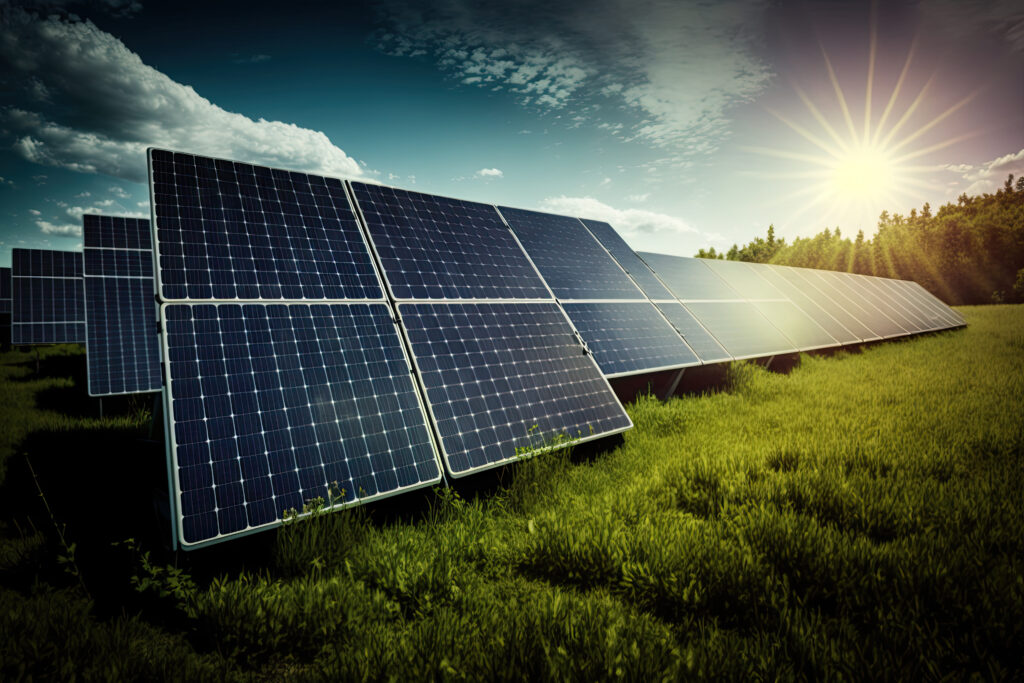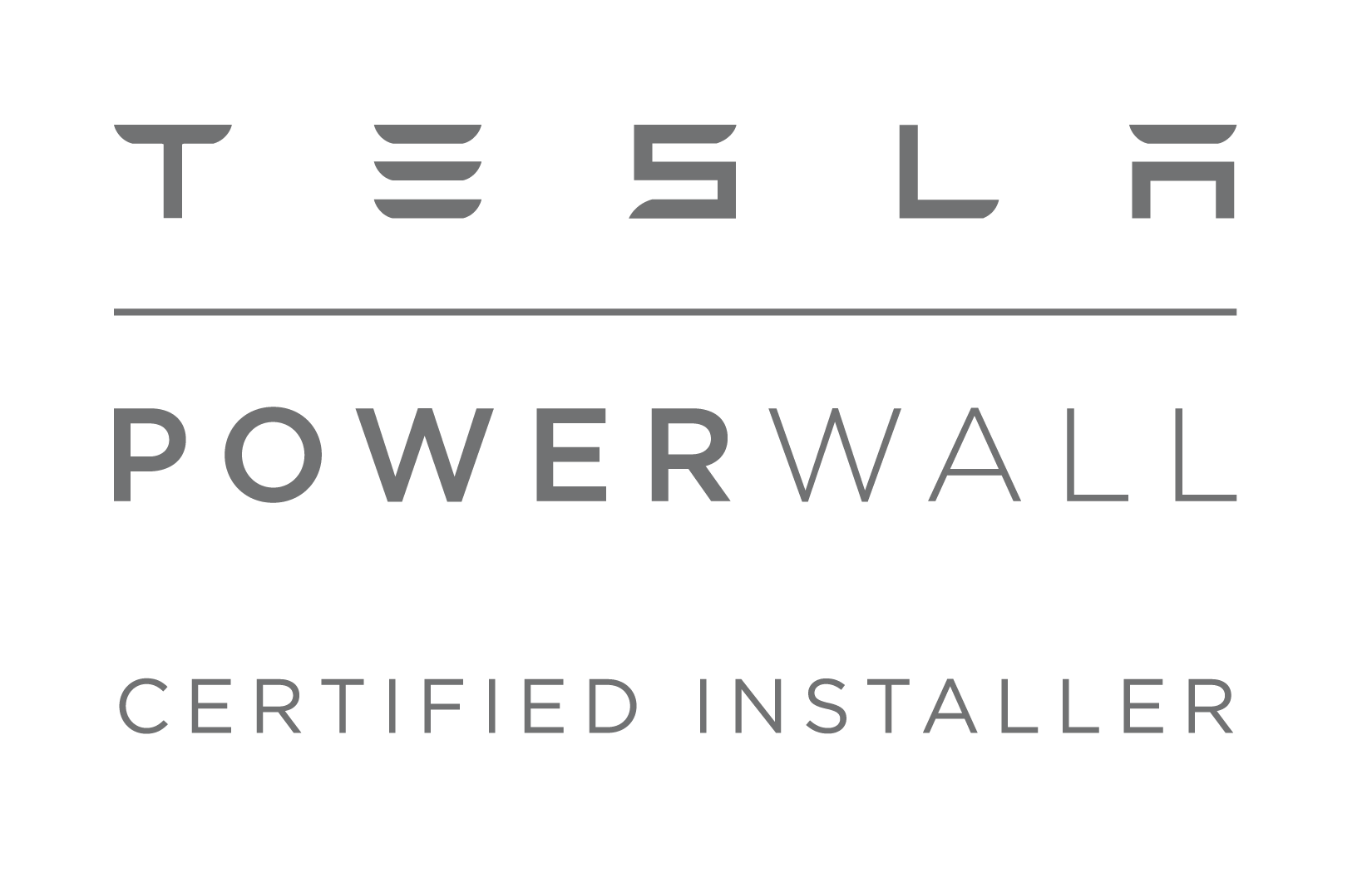Are Solar Panels Worth It in South Australia? Here's What You Need to Know
With rising electricity costs and a focus on renewable energy, many South Australians are asking themselves, “Are solar panels worth it in South Australia?” The answer is generally yes, but several factors such as location, energy usage, and upfront investment come into play. Let’s explore why solar panels are a smart investment for households and businesses in South Australia.
What is the Cost of Solar Panels in South Australia?
The cost of installing solar panels in South Australia has significantly decreased in recent years, making solar energy more affordable. On average, a 6.6 kW solar panel system—the most popular for residential use—costs between $5,000 to $7,500 after factoring in government incentives such as STCs (Small-scale Technology Certificates).
Key factors affecting cost:
- System Size: Larger systems (such as 10 kW or more) generate more electricity but have higher upfront costs.
- Installation Location: Prices can vary based on local installer rates and the complexity of your roof structure.
- Government Incentives: South Australians can take advantage of STCs, which lower the initial investment. Additionally, there’s the Home Battery Scheme, which provides loans and subsidies for installing solar battery storage.

How Much Can You Save with Solar Panels in South Australia?
South Australians stand to save considerably by switching to solar. Depending on your system size and energy usage, you can save up to $1,500 to $2,500 per year on electricity bills. These savings come from self-generating your electricity and reducing reliance on the grid.
In South Australia, most homeowners also benefit from feed-in tariffs. These allow you to sell excess energy generated by your solar panels back to the grid. Currently, feed-in tariffs can range from 7 to 12 cents per kWh depending on your energy retailer.
Is South Australia Sunny Enough for Solar Panels?
South Australia enjoys some of the best solar conditions in the country, making solar panels highly efficient. With an average of 6-7 hours of peak sunlight per day, particularly in regions like Adelaide and surrounding areas, solar systems can generate significant energy throughout the year.
South Australia’s climate is ideal for solar energy production, especially in summer months when the longer daylight hours maximize output. Even in winter, solar panels continue to generate electricity, albeit at a lower rate.
Long-Term Benefits of Installing Solar Panels in South Australia
Apart from the financial savings, there are several long-term advantages to installing solar panels in South Australia:
- Increased Property Value: Homes with solar panels are in higher demand, potentially increasing your property’s value.
- Sustainability: Solar panels help you reduce your carbon footprint, contributing to South Australia’s leadership in renewable energy adoption.
- Energy Independence: By generating your own electricity, you protect yourself from rising energy prices and become less dependent on grid electricity.
How Long Do Solar Panels Last?
Most solar panel systems come with a 25-year performance warranty, and they can last even longer with regular maintenance. South Australia’s relatively dry climate means minimal wear and tear on panels, and most systems require little maintenance beyond occasional cleaning and inspections to ensure optimal efficiency.
Are Solar Panels Worth the Investment in South Australia?
In summary, solar panels are a worthwhile investment for most South Australian households and businesses. Thanks to high sunlight hours, government incentives, and rising electricity prices, the average return on investment (ROI) can be achieved in 3-5 years. With solar panels, you can significantly reduce your energy bills, increase your property value, and contribute to a cleaner, greener future.



